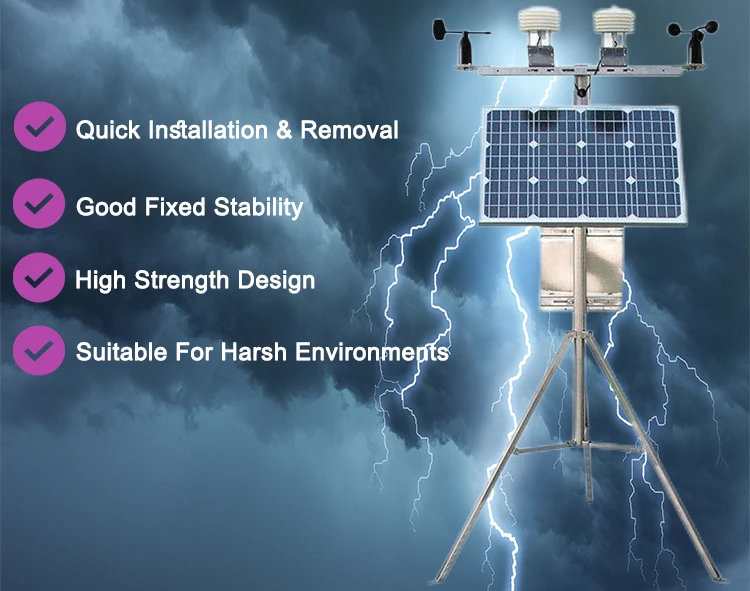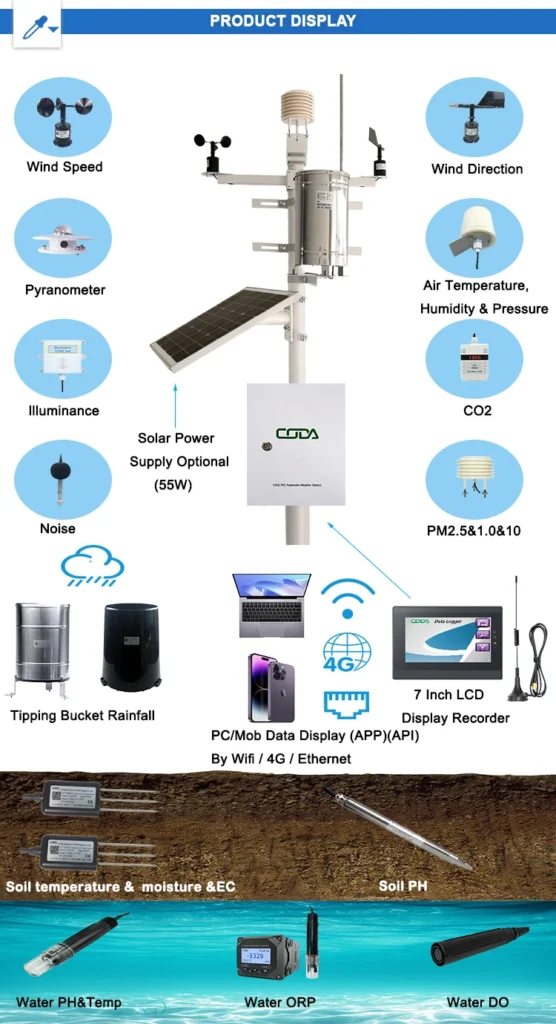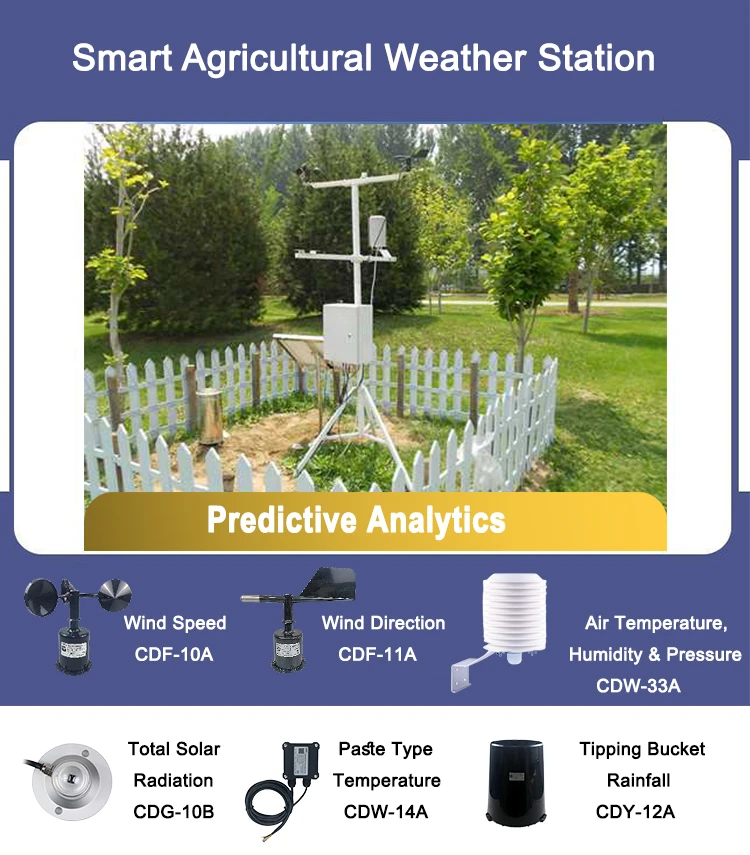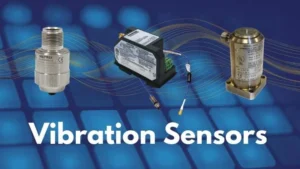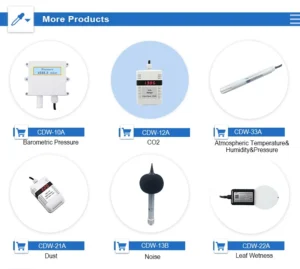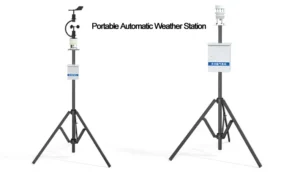Installation and Maintenance of Automatic Weather Stations
An automatic weather station is a device that collects and records weather data on its own. These stations have sensors that measure key weather factors. These factors include temperature, humidity, air pressure, wind speed, wind direction, and rainfall.
They provide real-time monitoring and data transmission in both fixed and portable ways. People use them in many fields, like agriculture, aviation, weather research, disaster warning systems, and sports events.
Automatic weather stations gather data from their sensors. They send this data to a central database or monitoring system. This can be done using wired or wireless communication.
These stations can work alone or join a larger weather network for more data coverage. Here are some best practices for installing and maintaining these stations based on real experience.
Installation Guidelines for Automatic Weather Stations
1. **Site Selection:**
Choosing the right locati0n is very important. The site should show the local weather clearly. It should be free from tall buildings and trees. Make sure the sensors are not blocked. This helps collect accurate data.
2. **Stable Mounting:**
Make sure the station’s mounting point can handle weather conditions like wind. Use strong tools like screws and wrenches to attach the sensors and equipment. This will help prevent them from moving or getting damaged.
3. **Cables and Connectivity:**
Make sure all cables are connected tightly. This helps avoid communication issues caused by loose or damaged cables.
4. **Lightning Protection:**
Install lightning protection measures like lightning rods and grounding systems to avoid storm damage. If needed, shield the sensors from too much sunlight and rain with protective covers.
5. **Protective Enclosures:**
Use weatherproof covers or boxes to keep the sensors safe from bad weather, such as storms, snow, or ice.
6. **Power Supply:**
For remote areas, install solar panels. This will provide a steady power supply for smooth operation.
7. **Testing and Calibration:**
After you install the sensors, test them to make sure they work well. If needed, calibrate them to keep the data accurate and reliable.
8. **Remote Monitoring:**
Use a remote monitoring system to watch the station’s operation in real-time. Fix any problems quickly to reduce downtime.
*Note:* Always follow the manufacturer’s installation guidelines. Requirements can be different for each sensor and device.
Maintenance Recommendations for Automatic Weather Stations
1. **Regular Inspections:**
Check all parts regularly to make sure they are working well. Focus on sensors, cables, and connections for any wear or damage.
2. **Sensor Cleaning:**
Clean sensor surfaces regularly to stop dirt or debris from affecting their accuracy. Use the right cleaning tools and methods to avoid damaging the equipment.
3. **Calibration and Adjustments:**
Regularly check sensors, like temperature and wind speed monitors, to make sure they collect accurate data.
4. **Records and Documentation:**
Keep clear records of maintenance activities. Include dates, tasks done, and parts replaced. This documentation helps track the station’s history and find recurring problems.
5. **Software Updates:**
Regularly update the station’s data processing software. This helps fix bugs, improve performance, and add new features.
6. **Power Management:**
Check the power supply system often to ensure it is stable. Replace broken batteries or damaged parts quickly to prevent operation issues.
By following these steps for installation and maintenance, you can keep your automatic weather station working well. This helps collect accurate data, which improves weather observations and forecasts in many areas.
Precautions for Data Transmission in Automatic Weather Stations:
1. **Communication Stability:**
Make sure you have a stable and reliable way to send data. For wireless transmission, check the signal coverage and strength. This helps lower the risk of weak signals or interference that can disrupt communication.
2. **Data Encryption:**
Use encryption to protect data when it is sent. This keeps unauthorized people from seeing or changing the data.
3. **Data Integrity:**
Protect the data being sent to avoid loss or damage during transmission.
4. **Transmission Frequency and Capacity:**
Choose the transmission frequency and capacity.
This should depend on how much data the weather station produces. This helps prevent delays caused by not enough bandwidth.
5. **Backup Transmission Path:**
Set up a secondary path to keep data flowing if the main route fails. This ensures that data can still move through the backup channel.
Common Faults and Solutions in Automatic Weather Station Data Collectors:
1. **Issue 1: Unable to Start or No Display on the Screen**
Check that the power supply is connected correctly. Make sure it is working properly.
Check the startup sequence and initial settings to rule out operational errors.
2. **Issue 2: Data Transmission Failure**
Check the communication interface to ensure it works well. Also, look at the connection cables to see if they are intact.
Check the settings of the data transmission software. Make sure you configure all parameters correctly.
3. **Issue 3: Abnormal Sensor Readings**
Make sure the sensor connections are secure and not damaged or loose.
Adjust the sensor to keep it accurate and reliable.
4. **Issue 4: Storage Failure**
Check if the storage medium, like the hard disk, is working properly.
For software problems, try resetting to factory settings or reinstalling the needed software.
5. **Issue 5: System Error Messages**
Fix the error messages according to the system instructions. Look for the right solutions for each specific issue.
Check the user manual or reach out to the manufacturer’s support team for help.
Timely testing and maintenance are important for fixing these issues. Technicians should quickly diagnose and repair problems. This helps prevent data loss or damage to equipment.
Conclusion:
An automatic weather station is a smart device. It collects and records weather data on its own. This technology helps in many areas. These areas include farming, flying, weather studies, disaster alerts, and sports events.
For the best performance, keep these key points in mind during installation and maintenance. First, pick the right site. Next, make sure the installation is secure.
Manage the cables properly. Protect against lightning. Use safety devices. Ensure the solar power supply works well. Test and adjust the system. Finally, set up remote monitoring.
Regular maintenance tasks like cleaning sensors, calibrating equipment, keeping records, updating software, and managing power are important. They help ensure reliable operation and accurate data.
During data transmission, it is important to keep communication stable. You should also use data encryption. Keeping data safe is key. Improve the transmission frequency and capacity. Lastly, create backup paths.
It is important to understand common issues. These include startup failures, transmission errors, strange sensor readings, storage problems, and system alerts. Knowing these issues helps keep the equipment running well and ensures data accuracy.
